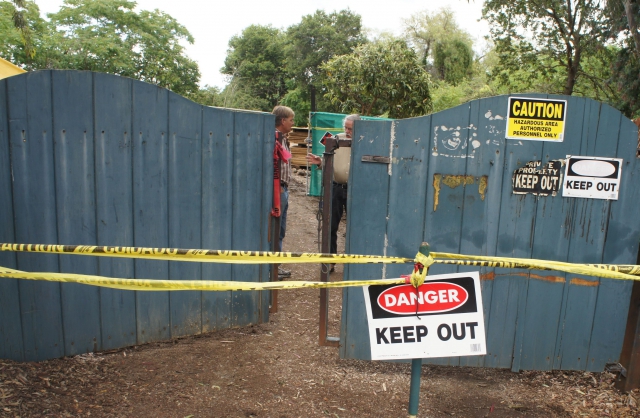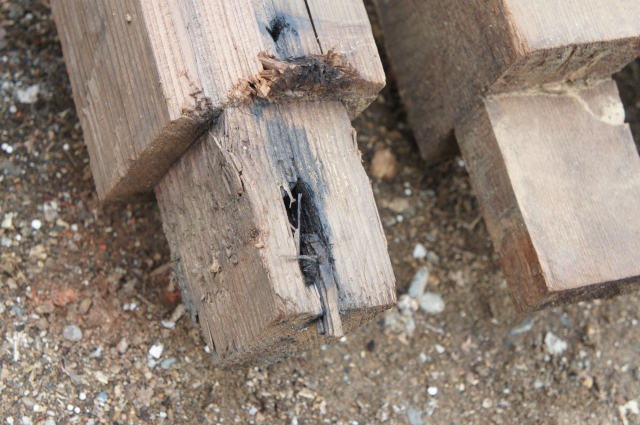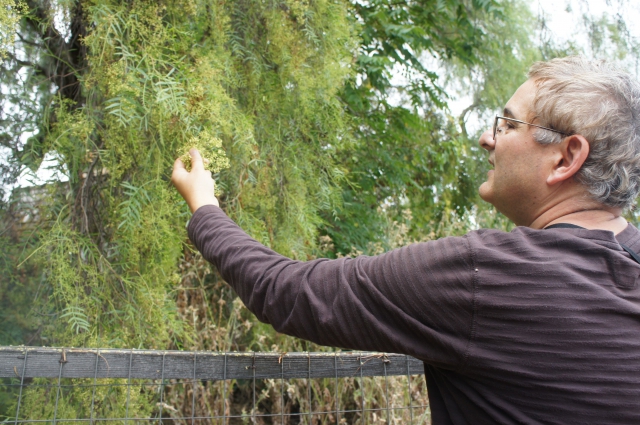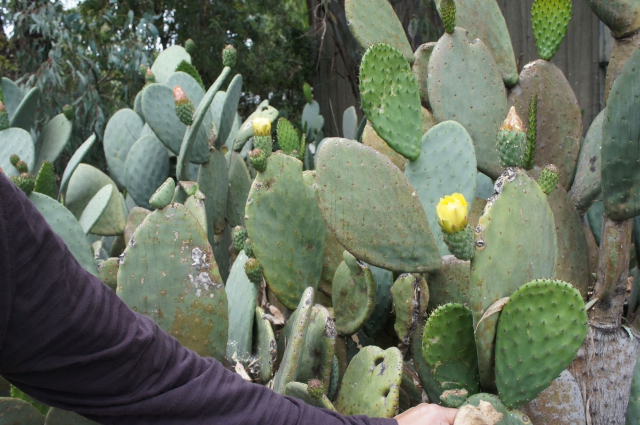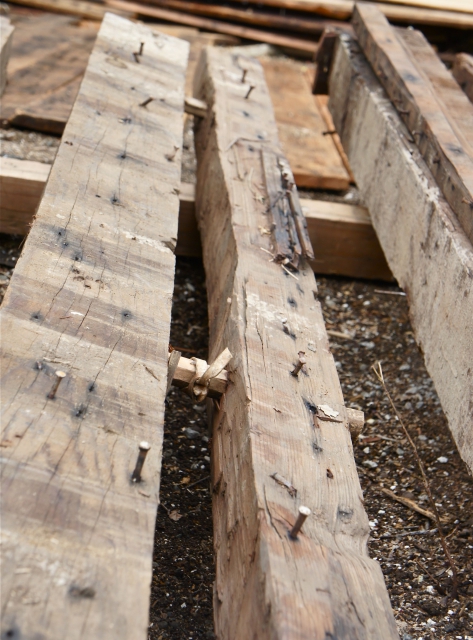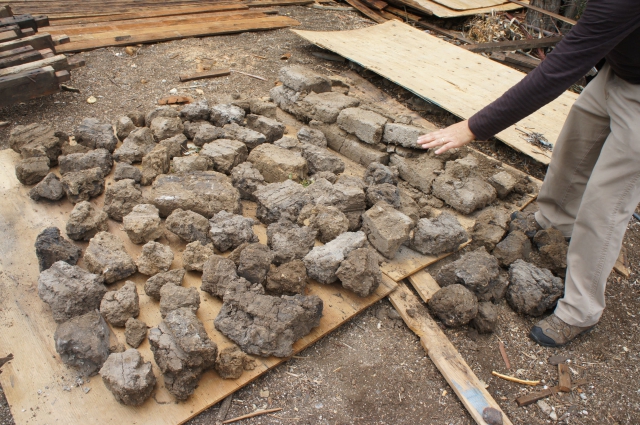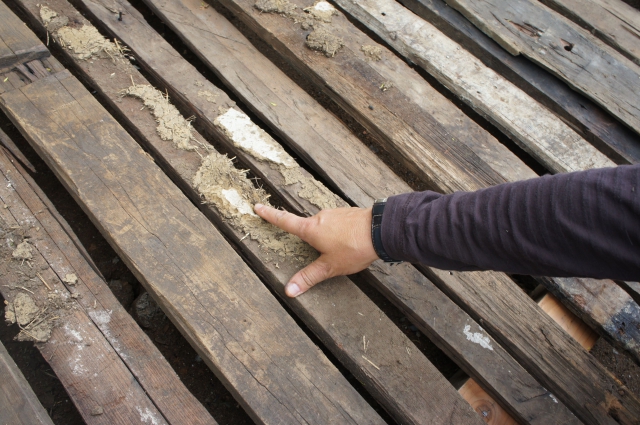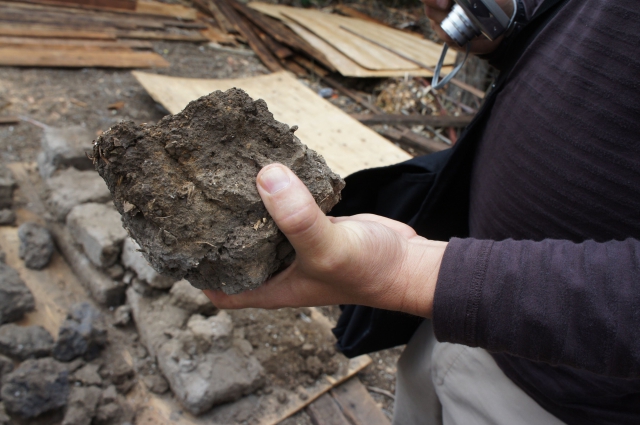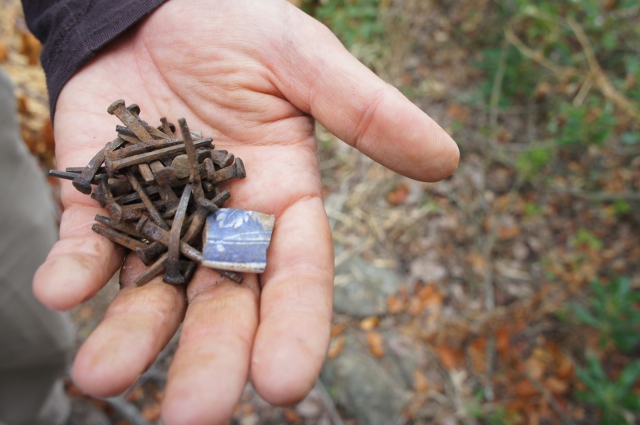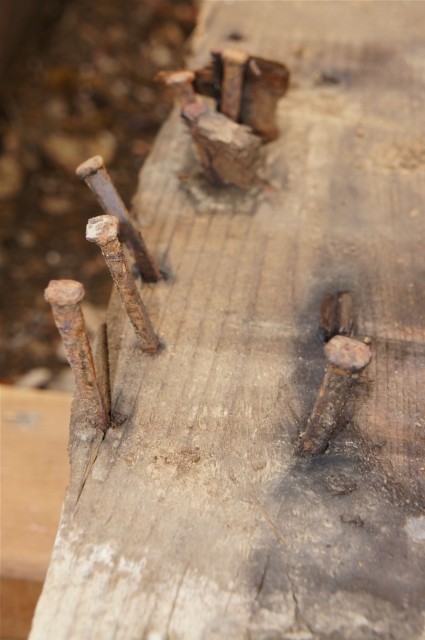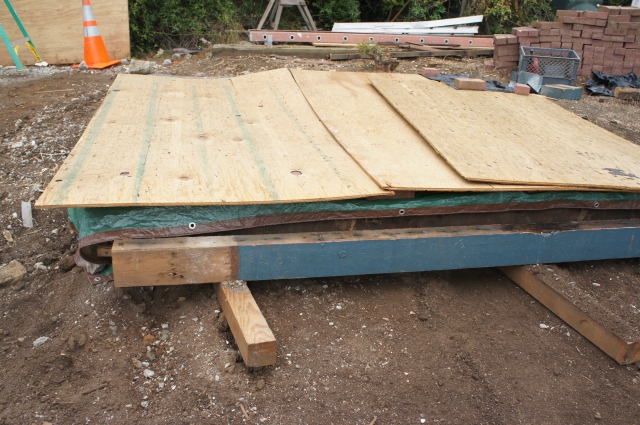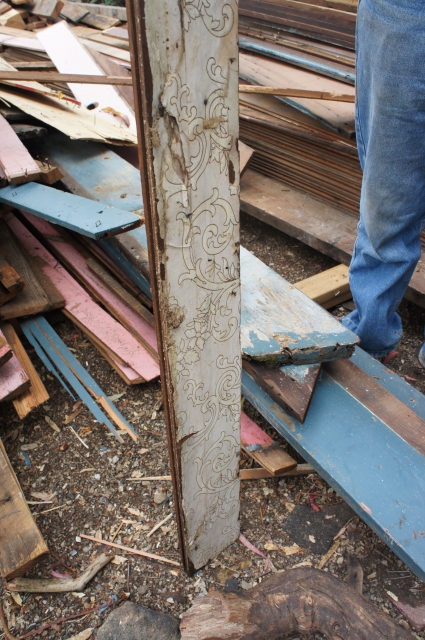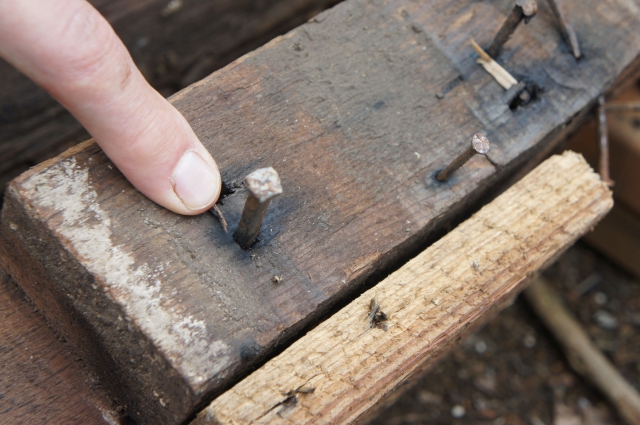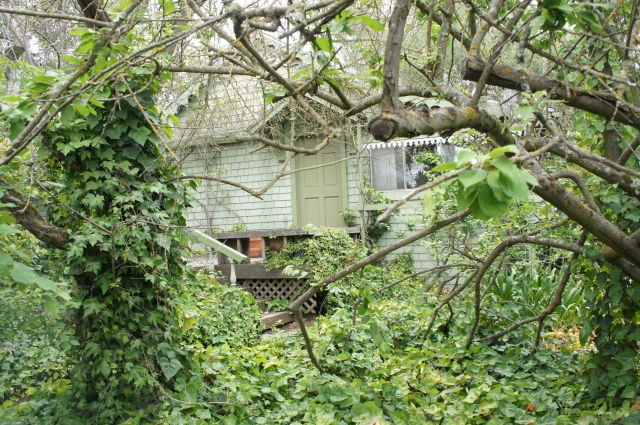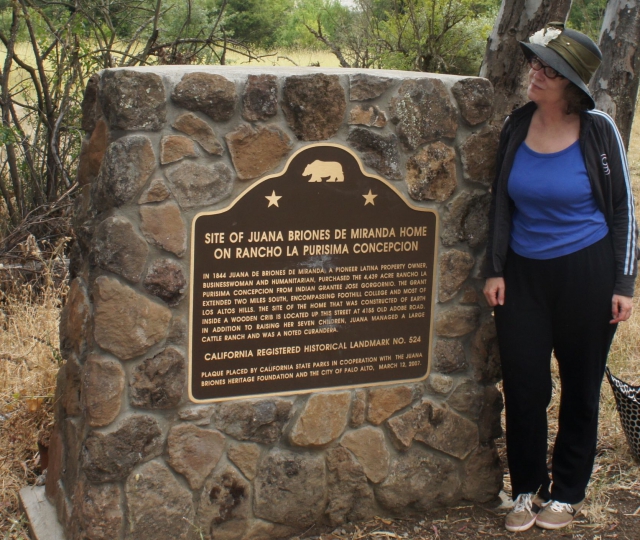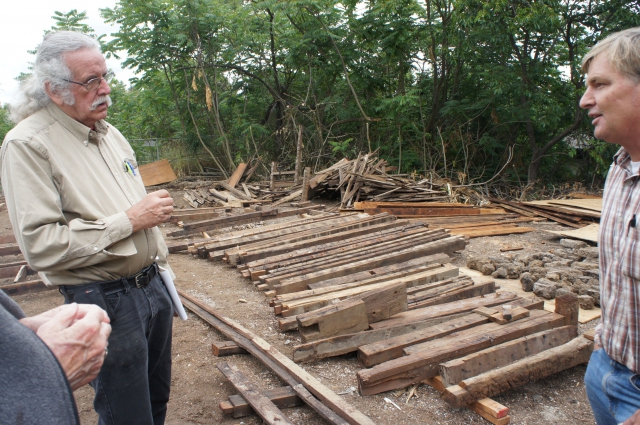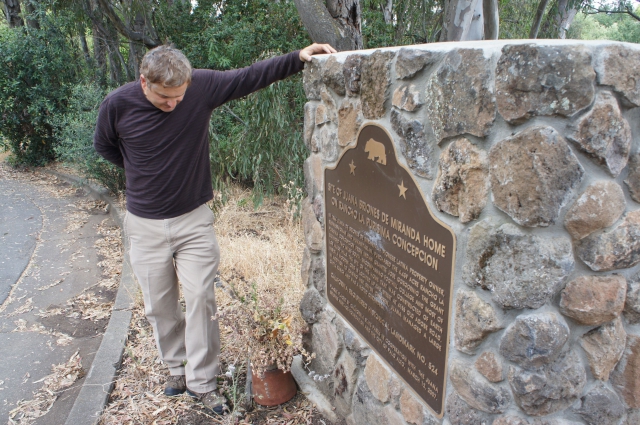From the Open-Publishing Calendar
From the Open-Publishing Newswire
Indybay Feature
Only Pieces Remain: the Juana Briones House
The Juana Briones House, parts of which were built in 1844, has been completely torn down by property owner Jaim Nulman, who fought off historic preservationists, latino activists, and descendants of Briones for years. Feminists joined in the struggle for the home's preservation as well. Jeanne McDonnell, biographer of Juana Briones, stated that historic buildings associated with women are more likely to be demolished than those associated with men.
Juana Briones was part of the 19th century California population of people with Spanish, Mexican, Native American, and African heritage. She was a famous curandera (traditional folk healer) who used native plants and remedies to help the sick. Among other things, she helped manage a smallpox outbreak in Marin County, owned and managed land at a time when it was extremely unusual for women to do so, and raised seven children.
On June 29, preservationists had a chance to visit the site of the recently torn down house. Artifacts of significance to historians and architects were stacked up on the property, and visitors were escorted around the site to see what little remained of the former home.
On view were pieces of the original adobe walls, and examples of the rare rammed earth style of construction. A portion of wall built in the encajando style lay on its side. Bits of rawhide, early 19th century square head nails, and mortise and tenon joints were on display. A single china shard that may have even sat on Juana's dining table gave pause for thought.
A descendent of the Bernals and Peraltas, who were contemporaries of Juana Briones, gave a brief tour of the native plants on the property, some of which have medicinal properties and may have been used by Juana in her healing practice.
Scroll down for this set of photos courtesy of the Raging Grannies.
(Previous coverage on the Juana Briones House on indybay: http://www.indybay.org/newsitems/2011/06/04/18681121.php)
On June 29, preservationists had a chance to visit the site of the recently torn down house. Artifacts of significance to historians and architects were stacked up on the property, and visitors were escorted around the site to see what little remained of the former home.
On view were pieces of the original adobe walls, and examples of the rare rammed earth style of construction. A portion of wall built in the encajando style lay on its side. Bits of rawhide, early 19th century square head nails, and mortise and tenon joints were on display. A single china shard that may have even sat on Juana's dining table gave pause for thought.
A descendent of the Bernals and Peraltas, who were contemporaries of Juana Briones, gave a brief tour of the native plants on the property, some of which have medicinal properties and may have been used by Juana in her healing practice.
Scroll down for this set of photos courtesy of the Raging Grannies.
(Previous coverage on the Juana Briones House on indybay: http://www.indybay.org/newsitems/2011/06/04/18681121.php)
For more information:
http://www.brioneshouse.org/
Add Your Comments
Comments
(Hide Comments)
Also see the google Picasa photographs at: https://picasaweb.google.com/greg.smestad/SteinmetzReusableLumber#
For more information:
https://picasaweb.google.com/greg.smestad/...
We are 100% volunteer and depend on your participation to sustain our efforts!
Get Involved
If you'd like to help with maintaining or developing the website, contact us.
Publish
Publish your stories and upcoming events on Indybay.
Topics
More
Search Indybay's Archives
Advanced Search
►
▼
IMC Network


